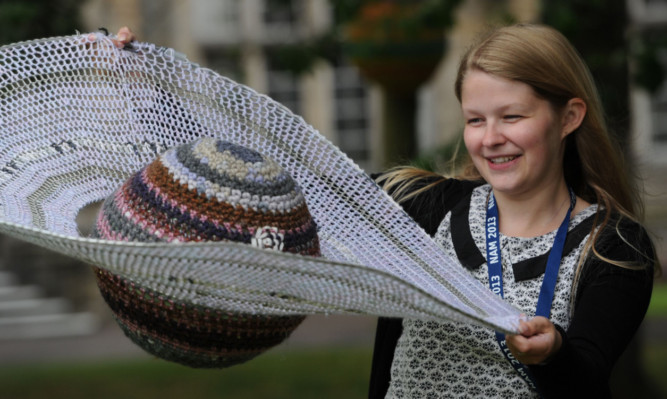Is there life on Mars? It’s a question that’s baffled boffins for years. Well the answer could be out there.
For nearly a whole Earth year the Curiosity Rover has been exploring the Gale crater on the surface of Mars. The answer to what it has seen lies with the University of St Andrews.
This week around 500 astronomers and scientists are gathering for the Royal Astronomical Society’s national astronomy meeting 2013.
The first public lecture Adventures of Curiosity on Mars by Professor Sanjeev Gupta of Imperial College London starts at 6.30pm on Wednesday in the Younger Hall.
Professor Gupta will report on the explorations, adventures and findings of the Mars Science Laboratory rover, Curiosity, which touched down on the surface of Mars in August 2012.
Professor Gupta is a geologist and participating scientist on Nasa’s Mars Science Laboratory, where his role is to analyse ancient sedimentary rocks on Mars and determine if it could ever have been habitable for life.
Then at 6pm on Thursday the Younger Hall will resonate to the fury of meteors and fireballs.
Fireballs as bright as the full moon can be seen somewhere on earth every few months, while smaller meteoroids burn up in the atmosphere and can be seen as shooting stars every clear night.
Professor Iwan Williams of the University of London will reveal what these phenomena say about the structure of the comets and asteroids from which they originate.
There will also be presentations on cutting-edge research in astronomy and space science, covering topics including the rise in solar activity and its effects, dark matter and proposed space missions.
St Andrews was the workplace of James Gregory, where he established the UK’s first meridian line and first astronomical university observatory. It is also the home of the UK’s largest optical telescope, which was named in Gregory’s honour.
Most recently, the university has discovered new planets, spotted the first star other than the sun to flip its north and south magnetic poles and found clues to climate change in the constellation of Pegasus.
